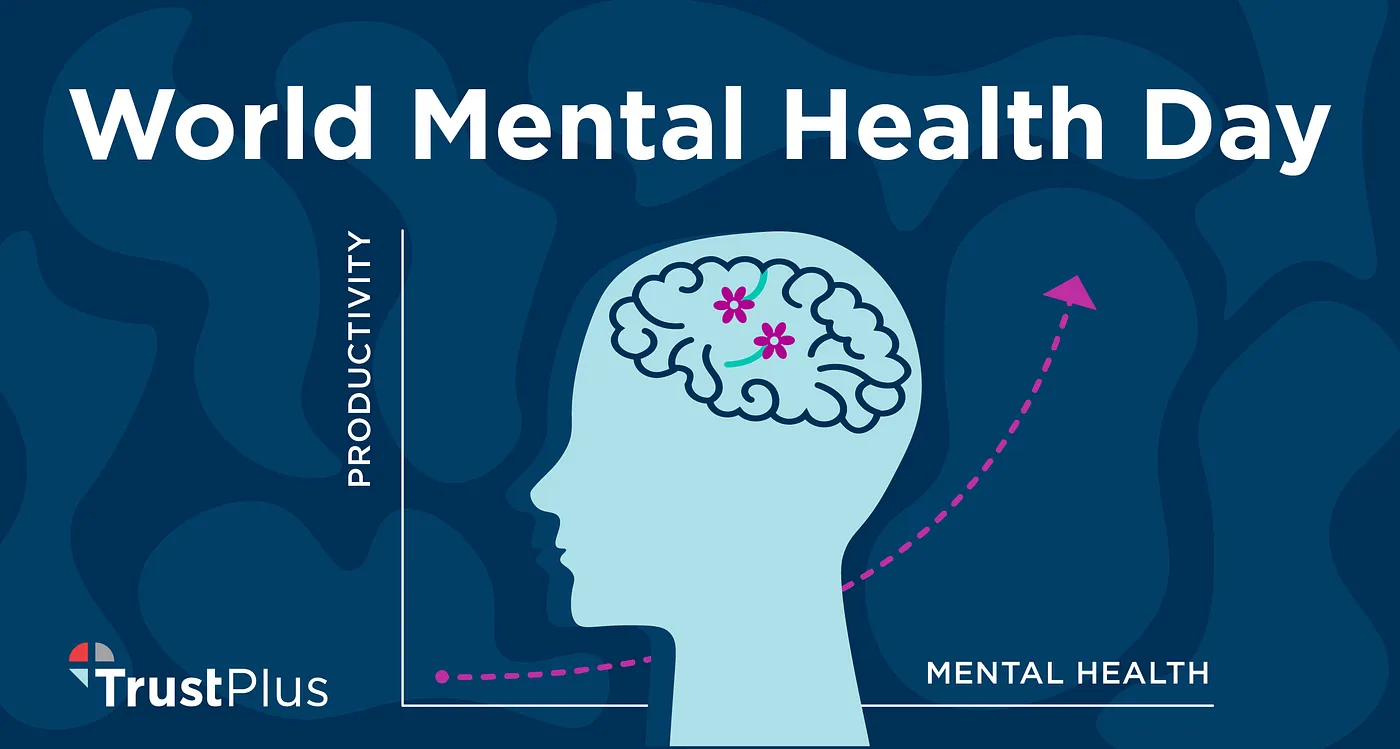Insufficient emergency savings weighs on mental health, per a recent Bankrate survey. This World Mental Health Day, we explore what you can do to ensure your employees have the support they need to be financially healthy and productive, empowering your organization to perform at its best.

It’s World Mental Health Day, so let’s explore the connections between your employees’ financial stress and mental health and your profits or impact — plus what you can do to ensure your employees have what they need to perform at their best.
Financial stress has a negative impact on employee mental health and costs employers trillions
A recent paper in the Journal of Family and Economic Issues finds, “…higher financial worries were significantly associated with higher psychological distress.”
This is a big problem because the majority of U.S. workers are now stressed about money, with 52% of U.S. adults reporting that money has a negative impact on their mental health.
This stress and resulting negative impact on mental health costs businesses $250 billion a year due to lost productivity per Mercer.
That’s a staggering figure to which “Organizational Best Practices Supporting Mental Health in the Workplace” in the Journal of Occupational and Environmental Medicine says, “did you say billions? Hold my beer.”
It didn’t say that but it did say the following:
“The debilitating effects of poor mental health go beyond the direct costs of treatment and include even larger indirect costs related to lost productivity, such as through absenteeism and presenteeism… indirect costs incurred from absenteeism and presenteeism were estimated to be $1.7 trillion annually in 2010 and direct costs added an additional $0.8 trillion, with these costs expected to double by 2030.”
Yikes! What’s an employer to do?
Lack of emergency savings is the biggest financial stressor for employees
The top cited money-related issue negatively impacting mental health is insufficient emergency savings according to a spring survey by Bankrate.
This suggests that employers who are looking for ways to expand their mental health offerings would be wise to explore offering emergency savings-related benefits.
As Holly Verdeyen, U.S. defined contribution leader with consulting firm Mercer, says, “Emergency savings is really the cornerstone of a financial well-being program. These plans can be particularly attractive to employers with a large portion of employees living paycheck to paycheck.”
Fortunately for employers, Secure 2.0 includes provisions to help you roll out emergency savings benefits to your workforce if you so desire.
Secure 2.0 encourages employers to offer emergency savings accounts
Passed late last year, the historic law intended to boost retirement savings nationwide provides defined contribution plan sponsors a new way to help employees save for emergencies.
Sponsors of 401(k), 403(b) and governmental 457(b) plans can offer non highly compensated employees pension-linked emergency savings accounts in plan years beginning after December 31, 2023.
“Employees would contribute to these accounts on a Roth basis and could make withdrawals as frequently as monthly,” writes Mercer’s Matthew Calloway, Brian J. Kearney, and Margaret Berger.
Mental health benefits should include financial health benefits, workers expect both
“Given the connection between financial wellness and mental health, employers should consider offering financial coaching alongside their mental health resources,” says PwC’s Employee Financial Wellness Survey 2022.
Per PwC, 97% of employees think employers should work to improve their mental health and 68% want financial wellness benefits.
This World Mental Health Day, consider giving them what they want, including emergency savings plans, for the benefit of your workers and your profits or impact.






